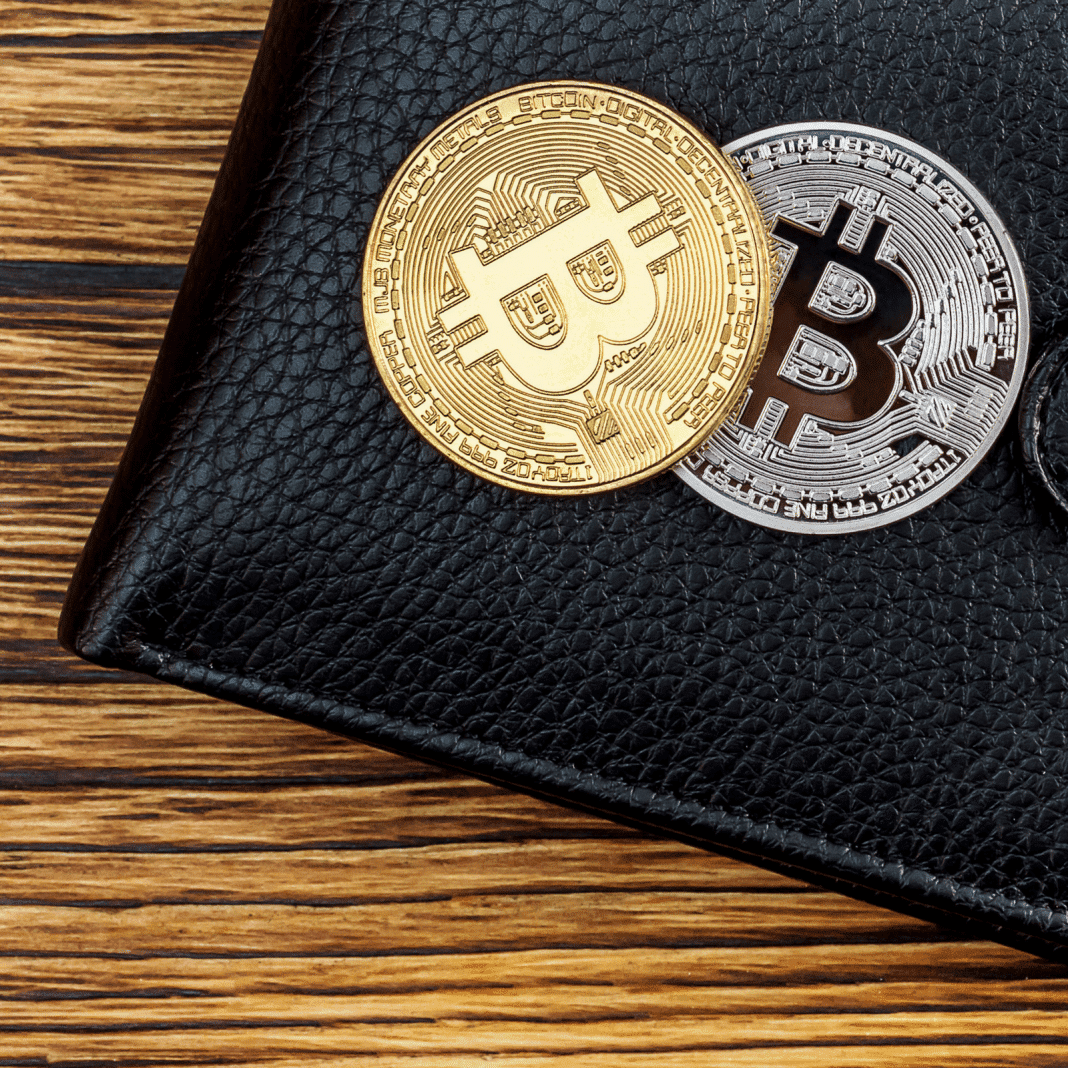Содержание
Users have to wait for miners to add their message to the blockchain. Decentralized exchanges are anonymous since no KYC is needed from users to participate in any transaction. Most times, users only require a public address to conduct trading or swapping tokens, unlike centralized exchanges where users are required to undergo a KYC procedure. In addition users of a decentralized exchange have full control over their private keys, and therefore over their funds. It is a space of consistent innovation where developers are continually inventing solutions to problems and finding ways to take the era of digital finance to a more sophisticated level.
Legitimate Index report has revealed that centralized crypto exchanges processed more than $14 trillion in 2021, the highest the cryptocurrency market has ever recorded. Since the selection of coins and tokens on a DEX is not limited to the agenda of a central entity, users are more or less free to find the projects they’re interested in and start getting involved. They are a compromise, where users forfeit their control and ownership of their coins for the ease and convenience of the platform. This type of exchange platform is created and owned by a centralized organization that acts as an intermediary matching buyers and sellers. Notable centralized exchanges include Coinbase, Binance, Kraken, and Gemini, to mention but a few that you might already be familiar with.
- Self-custody may well put you in the driver’s seat but remember – it also leaves you to deal with the storage and security of your exchange assets.
- Since CEXs exist as a distinct legal entity, they’re susceptible to sanctions and limitations from states – and as we’ve seen in China and Iran, not all states are crypto lovers.
- And with DEX transactions powered by the omnipresent smart contract – the details of which often can’t always be displayed when you sign – taking steps to understand the risks and how to minimise them is essential.
- Just like stock exchanges exist as a means for people to buy and sell assets in the form of shares and derivatives, cryptocurrency exchanges are a crypto marketplace where people get to buy and sell blockchain-based coins and tokens.
- They are a compromise, where users forfeit their control and ownership of their coins for the ease and convenience of the platform.
- Gain access to all Index Data and receive updates on market developments, index news and corporate announcements.
Automated money makers – AMMs became popular in 2020, and they have been making waves since then by driving the DeFi boom. They don’t use order books; rather, they leverage smart contracts to create liquidity pools that automatically execute transactions. Today’s AMMs are relatively user-friendly and have integrated with wallets like TrustWallets, MetaMask, etc. Let’s take a look at the two generations of crypto exchange, exploring how they work, key differences and limitations and what they offer users – so you can decide for yourself which one you need and start trading with confidence. Simply put, an AMM model consists of a liquidity pool that holds two tokens which is governed by an algorithm in charge of maintaining a specific balance of the pool.
Founded in 2011 by Jesse Powell, Kraken is at the top of the heap of best exchanges. A vast array of tokens on offer makes it one of the most traded exchanges. Has on average250.3 millionmonthly visitors and has a trading commission of 0.10%. It offers 374 coins and 46 fiats, What Exactly is a Centralized Crypto Exchange having an average daily volume of$2 billion, translating to1,400,000 transactions per second. Although DEXs allow users to trade freely while retaining complete control of their assets, the downside is that such a lot of freedom necessarily brings extra responsibility.
Marketvector Indexes Gmbh
Bitfinex was founded in2012and is a known driver of technological innovation in digital asset trading. The question of self-custody is also becoming easier as the ecosystem evolves. It charges 0.20% as the trading commission and offers 331 coins and 50 fiats. It is one of the world’s leading companies in the digital asset trading industry. At 25.8 million monthly visitors, Kraken is on the rise and third on the list. It charges 0.26$ as a trading commission and offers 69 coins and 7 fiats.

This system is further bolstered by the fact that centralized exchanges can offer incentives to large-volume traders who provide liquidity to their order books. The majority of these decentralized crypto exchanges are built on Ethereum, Binance Smart chain, or Polygon blockchain protocol. Other blockchain protocols like NEAR, Avalanche, Tezos and Polkadot are https://xcritical.com/ also attracting DeFi protocols to create value for their users. Also, the security of decentralized exchanges is miles ahead of their centralized counterpart. In the past decade, hackers have stolen more than $1 billion from centralized exchanges. Binance, Cryptopia and many others have seen hackers steal funds, sometimes causing major financial damage.
Letting the exchange manage the key for your wallet means whatever assets you keep in the wallet are not truly yours. And this is not just a question of ownership, but also has security implications; by leaving your funds within an infrastructure other than your own wallet, you’re relying on the security standards of another that entity. If the exchange gets hacked or phished, or even goes out of business, your coins will be gone too. Automated Market Maker DEXs are also known as AMM DEXs and tend to embody the more recent swathe of exchanges. They were developed as a response to a key problem that is prevalent in crypto exchanges – lack of liquidity. You might already be familiar with some of those protocols – SushiSwap, Uniswap and Compound are just a few of the most prevalent.
Liquidity
A prime example is NFTs, which, despite being a popular trading commodity, are only just being integrated on Binance and Coinbase. Centralized exchanges transactions are controlled by a central authority that acts as a middleman to handle assets. The centralized exchange maintains an order book that contains a collection of trade orders executed and controlled by owners of the exchange. Another major difference between these two, is the method of trade are facilitation. On a CEX off-chain order books are used to match buyers with sellers.
Off-chain order books – In some aspects, these categories of order books are still decentralized. However, they are more centralized than their on-chain counterparts. Here, their orders are hosted somewhere and not on the blockchain network. A good example is the 0x protocol for ERC-20 and other tokens hosted on the Ethereum blockchain. Instead of functioning as a single DEX, it creates a framework where parties called “relayers” can handle off-chain order books. Many AMM based DEXs are offering their users governance tokens, both to further democratize the control of the platform and as an reward for providing liquidity.
Binance remains the biggest crypto exchange, with a 67% market share, processing over $9.5 trillion. The major difference of these two types of exchange platforms is custody. Unlike CEXes, no central authority or third party is involved in the operation of a DEX. As a result, a user retains full control of their funds stored or traded on DEXes, which offer a higher degree of security than CEXes.

A CEX is a vital clog in the wheel, and in its absence, the trader will be hard-pressed to fulfill trading. The article illustrated the parameters which will form the basis of selecting a CEX. As blockchain evolves and the technology matures, Centralized Exchanges will become even more sophisticated, intuitive, and user-friendly.
Best Crypto Exchanges In New Zealand
When a buyer places a trade, the algorithm will appropriately provide a price , and execute the trade on behalf of the buyer. Then when a seller comes along, it will do the same thing, adjusting the price with the goal of restoring balance to the pool. While this method may seem complicated at first, it is a revolutionary means of facilitating trades in any on-chain market. The AMM model removes any third party, and allows traders to maintain custody of their own funds.
KuCoin Becomes the First Centralized Exchange to Launch NFT ETF to Support Blue-Chip NFT Investments – Business Wire
KuCoin Becomes the First Centralized Exchange to Launch NFT ETF to Support Blue-Chip NFT Investments.
Posted: Fri, 29 Jul 2022 07:00:00 GMT [source]
However, customers get in return a high level of trust in a complex system. They don’t have to worry about losing their money if they misplace a hundred-long password composed of numbers and letters. It turns out that the mainstream crypto user today prefers this format of interaction with their holdings. Like centralized exchanges, the older generation of DEXs tend to operate using a decentralized version of an order book system. A decentralized exchange or DEX is a crypto trading platform that does not rely on intermediaries to help execute transactions between two different individuals.
What Is A Decentralized Exchange Dex Vs Centralized Exchange Cex?
Self-custody may well put you in the driver’s seat but remember – it also leaves you to deal with the storage and security of your exchange assets. You can’t simply leave them on the exchange once you’re done, so making sure your crypto wallet is both compatible with the service and immune to risks will be key to your experience. Instead of matching buyers and sellers, the trades on AMM DEXs are carried out using liquidity pools managed by the DEX’s own smart contract. The liquidity is sourced from users who either give their coins or tokens in exchange for passive income or, if they’re taking a more calculated approach, as part of a broader yield farming strategy.
Since CEXs exist as a distinct legal entity, they’re susceptible to sanctions and limitations from states – and as we’ve seen in China and Iran, not all states are crypto lovers. With a CEX so easily shut down or limited by external authorities, you might not feel so bright and breezy about leaving your funds in their custody after all. 1inch Network is a DEX aggregator, which finds the best rates for token swaps across all major DEXs.
This is based off of the traditional order book model, which traditional finance (trad-fi) exchanges have used for centuries. However, on a DEX an entirely different system of execution is used. The top 5 centralized cryptocurrency exchanges list is generally based on the parameters mentioned above. While each exchange will have unique features, the primary considerations must be omnipresent.
Regulation in crypto is inevitable, so better to help shape policy than to oppose it. And with DEX transactions powered by the omnipresent smart contract – the details of which often can’t always be displayed when you sign – taking steps to understand the risks and how to minimise them is essential. All of the Coinbase learnings were important when we met Daniel Vogel, co-founder and CEO of Bitso. The company was built under the same pillars of Coinbase with the additional understanding of how Latin Americans could use crypto. We saw how Daniel early on understood that crypto could address local challenges, such as remittances, high transaction fees and an overall volatile currency environment.






Leave a Reply